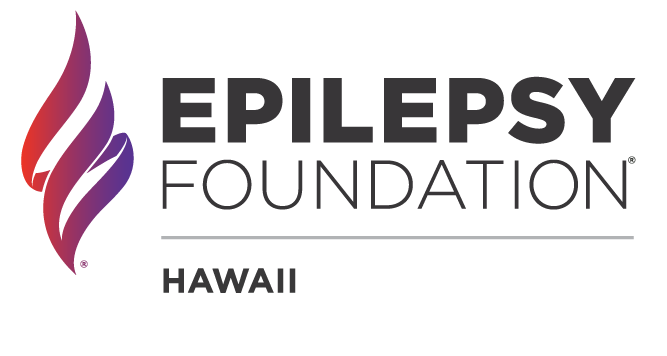This article was provided by Disability Benefits Help, an independent organization dedicated to helping people with disabilities get the benefits they need. If you have any questions, our staff can always be reached athelp@disability-benefits-help.org
____________
Epilepsy and Disability Benefits
If you’ve been diagnosed with epilepsy, there may financial resources available for you. Children and adults with epileptic disorders can qualify for disability benefits from the Social Security Administration (SSA).
When children get benefits, they are typically paid through the Supplemental Security Income (SSI) program, while adults may qualify for SSI in addition to Social Security Disability Insurance (SSDI), which is for adult taxpayers. Regardless of what program you qualify for, monthly disability payments can help cover everyday living expenses and other costs, like medication co-pays and doctor bills.
Medical Evidence of Epilepsy
Whether you’re applying for benefits for yourself or on behalf of a child, the SSA needs specific medical evidence in order to approve a claim for disability. Along with medication and other treatment records, medical evidence must include test results and other documentation that confirms the diagnosis of epilepsy.
Additionally, a disability claim must include the seizure type as well as how often seizures occur and how long each episode lasts. At least one detailed description of a seizure must be included and this description should ideally be documented or recorded by a medical professional after witnessing an epileptic episode.
Non-Convulsive Epilepsy
You’ll find the requirements for approval are similar for children and adults with non-convulsive epilepsy, although the SSA does maintains separate disability listings. The adult listing appears in Section 11.03 of the SSA’s Blue Book, while the child listing is in Section 111.03.
To meet the medical approval requirements as a child or adult, seizures must happen at least once a week, even after following prescribed therapies for three months or longer. A loss of consciousness or awareness must result from seizures as well.
For adults, the SSA also requires that seizures significantly disrupt daytime activities or that you experience residual effects after an epileptic episode, like odd or unusual behavior, a change in energy level, or muddled thinking, for example.
Convulsive Epilepsy
The adult listing for convulsive epilepsy appears in Section 11.02 and the listing for children is in Section 111.02.
For adults to qualify, they must experience a seizure more than once a month even after a minimum of three months of prescribed therapy. Seizures may occur during the day or night. With daytime episodes, a loss of consciousness is necessary, while nighttime seizures must severely compromise the adult’s abilities or activities the following day.
Children can qualify if they have seizures once a month, even after three months of therapy, and have daytime or nighttime episodes that cause the same results as those outlined in the adult disability listing.
Children can additionally qualify if they have at least one major seizure per year after three or more months of therapy, along with at least one of the following:
- Medication side effects that disrupt daily activities
- A pronounced mental disorder
- An IQ of 70 or below
- A severe hearing, vision, or speech impairment
Applying for Benefits
If you’re applying for benefits for yourself, you can submit and SSDI application online or apply at your local SSA office. SSI applications for adults or children however require a personal interview, and interviews are usually conducted at the local field office. In some cases, applicants decide to call the SSA instead to complete a telephone interview at 1-800-772-1213.
